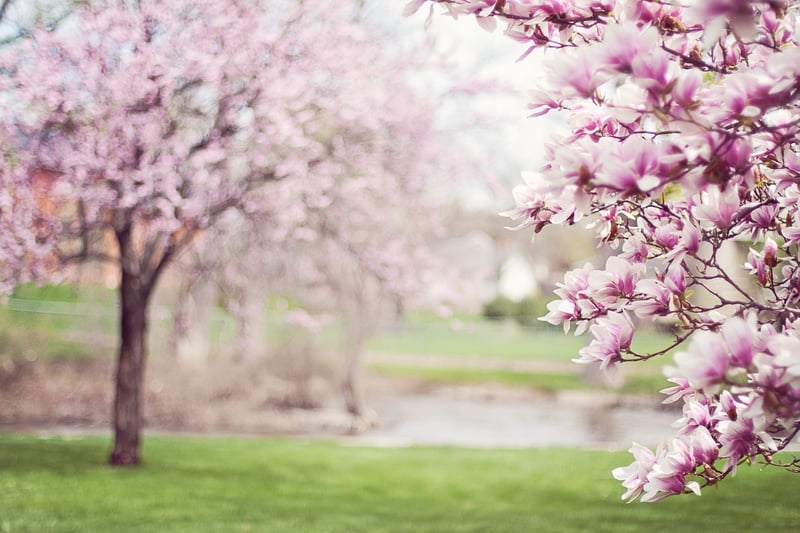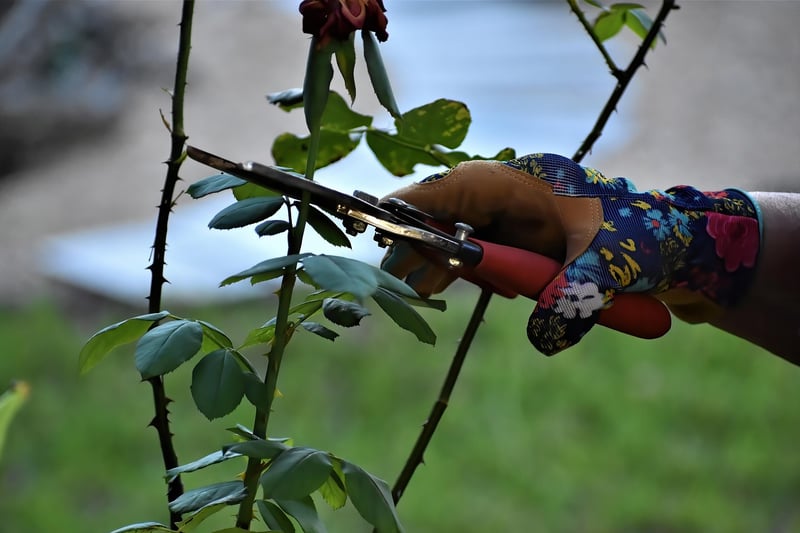Pruning Guidelines
Essential Tips for Healthy Plant Growth and Pruning Guidelines
Introduction
Proper plant care is essential for ensuring healthy growth and vibrant blooms. In addition to regular watering and adequate sunlight, pruning plays a crucial role in promoting plant health and enhancing their appearance. By following these guidelines, you can help your plants thrive and flourish.
1. Choose the Right Plants
Before you start caring for your plants, make sure you select the right ones for your specific environment. Consider factors such as sunlight exposure, soil type, and climate to ensure your plants have the best chance of success.
2. Watering and Fertilizing
Water your plants regularly, taking care not to overwater or underwater. Additionally, provide them with appropriate fertilizer to support healthy growth. Different plants have varying watering and fertilizing needs, so be sure to research specific requirements for each type of plant.
3. Pruning Techniques
Pruning is essential for maintaining the shape and health of your plants. Here are some basic pruning techniques to follow:
- Remove dead or diseased branches to prevent the spread of infections.
- Prune to promote airflow and sunlight penetration, which helps prevent diseases.
- Trim back overgrown branches to encourage new growth and maintain a neat appearance.
- Regularly prune flowering plants to encourage more blooms and prolong the blooming period.
4. Tools for Pruning
Invest in high-quality pruning tools such as shears, loppers, and pruning saws to make clean cuts without damaging the plant. Keep your tools sharp and clean to prevent the transmission of diseases between plants.
5. Timing of Pruning
The timing of pruning varies depending on the type of plant. In general, it is best to prune flowering plants after they have finished blooming, while dormant plants can be pruned during their dormant season. Avoid pruning during extreme weather conditions or when the plant is stressed.
6. Benefits of Pruning
Pruning offers several benefits, including:
- Stimulating new growth
- Improving plant shape and structure
- Removing dead or damaged branches
- Enhancing flower production
Conclusion
By following these tips for healthy plant growth and pruning guidelines, you can ensure that your plants not only survive but thrive in your garden. Regular care and maintenance will reward you with lush foliage, beautiful blooms, and a garden that brings joy and tranquility.


For more detailed information on pruning specific plants, refer to gardening guides or consult with a local horticulturist for personalized advice.
Remember, a little care and attention go a long way in cultivating a beautiful and thriving garden!
